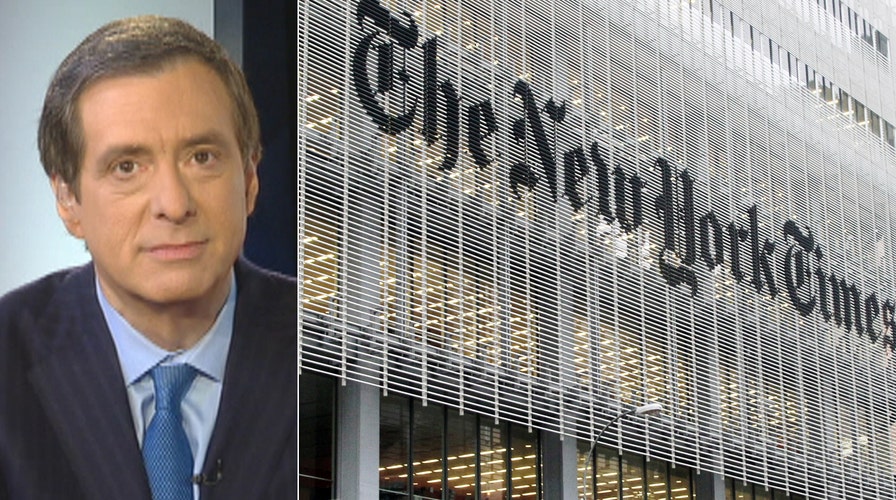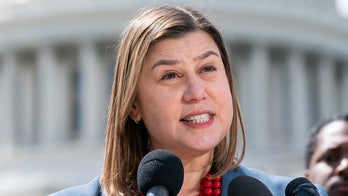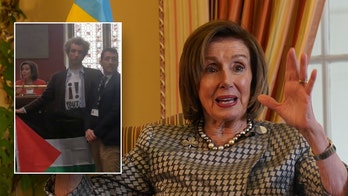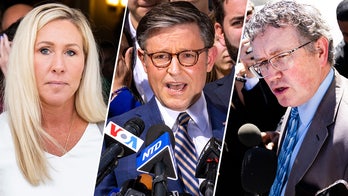Kurtz: Affluent journalists in a bubble
'MediaBuzz' host says the media have lost connection with working-class voters
It was a subject worthy of a deep dive: How did the Republican Party elites lose control of their supporters to a wealthy interloper named Donald Trump?
The New York Times offered a nuanced analysis, with reporter Nick Confessore interviewing dozens of lawmakers, donors, activists and others who described, “some with resignation, some with anger, a party that paved the way for a Trump-like figure to steal its base as it lost touch with less affluent voters and misunderstood their growing anguish.”
From its roots in the financial crisis eight years ago, the piece described how the public grew fed up with bankers who paid no penalty and illegal immigrants who competed for jobs, along with trade deals that seemed to ship American jobs overseas. And yet the party, and particularly its Paul Ryan wing, was peddling the same old nostrums of tax cuts that primarily benefited corporations and the wealthy, lax immigration policies, and entitlement cuts that threatened benefits the voters felt they had earned.
There was just one missing element: the media.
News organizations, for the most part, were either oblivious or uninterested in the growing disconnect between the political parties and working-class voters. That’s because they were suffering from the very same gap.
Media executives were interested in the affluent readers and viewers most prized by advertisers. Websites targeted those who could afford to pay for news. Newspapers like the Times in particular produced sections and features that catered to folks who could afford exotic vacations, luxury homes and gourmet restaurants.
Stories about poverty and inner cities became a rarity, far more depressing than lifestyles of the rich and famous. Papers abandoned the labor beat as unions themselves shrunk. Politics was covered as a narrow debate between Republican and Democratic ideologues, sometimes over hot-button social issues, that did little to address the fact that wages were stagnant and manufacturing jobs disappearing.
Most big-city journalists are well-educated and upper middle class, not a bad thing in terms of professionalism but a far cry from the shot-and-a-beer types of the “Front Page” era. The downside, however, is that it leads to blind spots.
To be sure, journalists learned firsthand about economic insecurity as a shriveling news industry gave rise to waves of layoffs and buyouts. But for the most part they didn’t have to worry about their jobs moving to Mexico or China.
No wonder the pundits scoffed at the rise of Trump and failed to understand his appeal. They soon realized the public was angry—and Bernie Sanders tapped into this anger on the liberal side—but thought it was a generalized disgust with politicians and paralysis. They were slow to grasp the resentment on free trade and immigration, two issue where big business favors a more liberal approach.
A few policy-oriented journalists made these observations, and there were warning signs such as an unknown college professor named Dave Brat knocking off Eric Cantor in a 2014 primary.
But when Trump proposed building a wall along the Mexican border, the media elite was dubious. When he proposed a temporary ban on Muslim immigration, many journalists said such religious discrimination would doom his campaign. Now polls show that half the public—and seven in 10 Republicans—agree with such a ban.
The Times quoted Buffalo-area GOP congressman Chris Collins, who watched a dinnerware plant he had owned go out of business, in part because of what he saw as Chinese currency manipulation. “Those jobs were stolen. And the politicians let it happen,” he said.
Media institutions don’t engage in much reflection, so it’s hardly surprising that the Times piece ignored their role. But some journalists for that paper acknowledged their myopia, in pieces ripping Trump but also pleading guilty to missing his appeal.
“We expected Trump to fizzle because we were not socially intermingled with his supporters and did not listen carefully enough,” writes David Brooks.
“We were largely oblivious to the pain among working-class Americans and thus didn’t appreciate how much his message resonated,” says Nick Kristof.
Trump is running against the media establishment with the same fervor as he castigates the political establishment. And much of the public has lost faith in the media, dismissing their attacks on Trump and efforts to pin him down on issues.
The media business spends plenty of time talking about diversity. What we often miss, in both coverage and hiring, is economic diversity.





